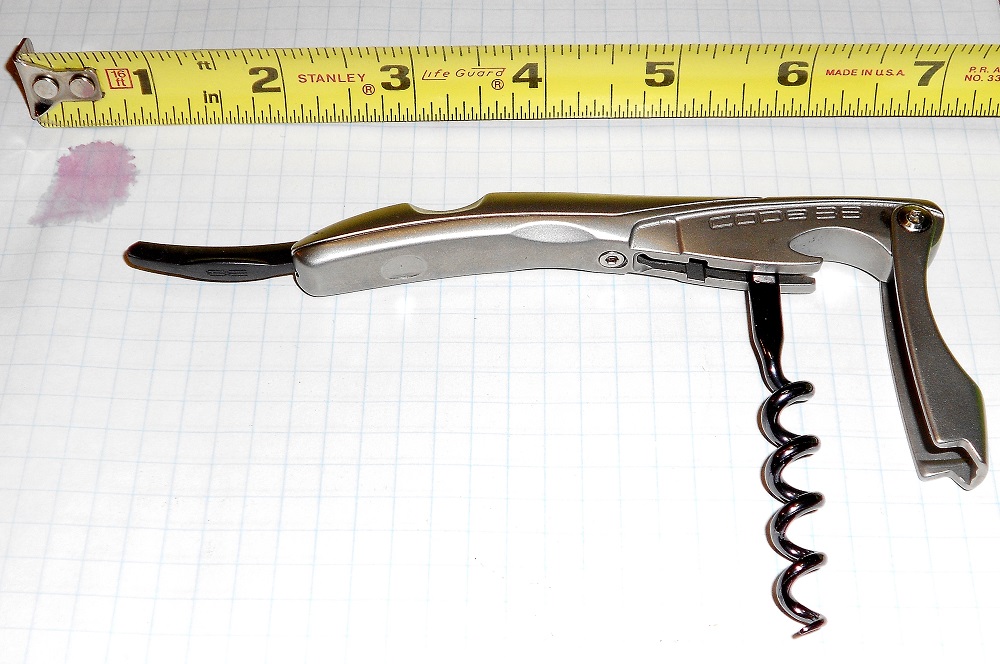How on earth do you pay $300 for a corkscrew? Easy. You want a good one. (You can pay $500 if you want both good and stylish.)
You can probably do a museum history of my life in corkscrews. But $300?? I mean I’ve opened wine with everything up to and including a Bic Pen. (Hint: this became a bad idea when they got rid of the brass tips, leaving a horrible inky flavour in the wine.) I am a waiters’ key guy but I have used all of the various devices including the overly complex Metrokane Rabbit. All you need is a good key and you’re away.
In Bermuda, on the advice of the South Princess Sommelier I bought a Wusthof. It’s been a fine choice, not least because it includes something you never see anymore, a bottle knife for scoring vintage port: at around the 20 year mark the corks become too gelid to be pulled. The smart way forward is follow the British Cavalry tradition of sabreing off the top. More sedate Portuguese wine merchants use heated tongs and a wet rag to achieve the same end more safely. But scored bottles smartly tapped still work.
The jack on the Wusthof is badly peened now. A couple of years ago I moved to a quite heavy piece, a beautiful stainless and wood Legnoart from Italy. In many ways this is probably the best screw for most home owners having a lovely heft and an extra centimeter of length which helps in levering out more stubborn corks, particularly synthetics.
Code 38 is aimed at a different market, the sommelier. A screw as heavy as the Legnoart (about 250 g.) is uncomfortable to carry around all evening in a pocket. Moreover a pro doesn’t need that extra length as practice has made wrist and hand muscles develop and perfected technique. That isn’t to say they do not need an edge. For a start a sommelier wants the corkscrew to be quick and efficient. The foil knife can be opened with a single hand, obviating the faux pas of placing the bottle on the diners’ table. The screw needs to slide in easily (quickly) and pull the cork with minimal or no damage. And here the Code 38 exceeds all the competition.
Their helix is a thing of beauty, perfectly machined. And if you open more than the occasional old bottle the tapered helix, an absolute innovation by the designer Jeff Toering, makes driving easy and increases the odds of the cork not breaking. The needle fine tip and a couple of turns of the helix are in the weakest part of the cork.
Do you NEED a Code 38? Well that depends on how many bottles you open annually; and how much you appreciate fine tooling. For me it is money well spent, and I highly recommend it.
